|
We’ve just wrapped up the Curso Gigante for this year! This 2-week field course provides an introduction to tropical ecology and evolution for Panamanian and Central American undergraduate students. This year we welcomed 4 students from El Salvador (Universidad de El Salvador), 1 from Costa Rica (Universidad de Costa Rica), and 8 from Panama (Universidad de Panamá, UNACCHI, and Universidad Tecnológica de Panamá). Thanks to our fantastic group of instructors and guest lecturers, we were able to cover a diverse set of themes this year, including statistics, evolutionary biology, plant-insect interactions, parasitology, plant ecophysiology, animal behaviour, paleoecology, marine biology, mangrove ecology, entomology, community ecology, and bioacoustics. Highlights including overnight trips to STRI’s Barro Colorado Natural Monument and Punta Galeta Marine Laboratory:
0 Comments
I just returned from a 5-day sampling trip to Lake Gatun, based out of Barro Colorado Island (BCI) – a nature reserve located in the middle of the lake. This is one my primary sampling sites, as it’s one of the few places in Panama where the initial introduction of the Peacock bass in the early 1970s was well-documented, allowing us to quantitatively compare contemporary and historical data, and so track how the invasion has progressed over time. BCI is one of the world’s premiere tropical research stations, and it’s always exciting to be working at a place where so much groundbreaking ecological research has taken place (there was a BBC film crew filming there during this most recent stay!!!). We saw lots of interesting aquatic wildlife, including crocodiles (who continue to damage our gill-nets), several species of native and introduced cichlids, and something we have never seen before: the tiny Opossum pipefish (Microphis brachyurus lineatus). Like their relatives the sea horses, the males carry the eggs in a brood pouch under the body. While setting our gill-nets one morning, Luis spotted this pair of flag cichlids (Mesonautus festivus), guarding their recently hatched young. This is also an introduced species, likely an aquarium escapee. Finally, how cool is it to drive through the Panama Canal on your way to work? Last December, I had the opportunity to speak with radio journalist Katharina Nickoleit about introduced fish species in Lake Gatun and the Panama Canal. The documentary aired just a few days ago on Deutschlandradio, and you can listen to the full piece here (Our discussion starts around 19:15).
Better brush up your German; otherwise you can read the Google-translated transcript here :) Since returning to Panama, I’ve been busy helping out with Princeton University’s Panama Field Study Semester – a 4-month long intensive field program that provides 3rd and 4th year undergraduate biology students with an introduction to tropical ecology. Along with Prof. Yves Basset (STRI/University of Panama) and co-TA Ioana Chiver, I’ve been accompanying the students on field trips across central Panama. On one our first days, we visited Parque Nacional Altos de Campana – 4,925 ha national park located about 1 hour West of Panama City. Created in 1966, this is Panama’s oldest national park, and contains a beautiful cloud forest, as well as spectacular views of the Pacific coastline. Our students (12 Americans, 2 El Salvadorians and 1 Panamanian) have been developing independent research projects on a variety of topics in the 3 forests that we are working in: Parque Nacional Sobernia (a lowland wet evergreen forest near the Panama canal), Parque Metropolitano (a lowland semi-deciduous forest near Panama City), and San Lorenzo (a lowland wet evergreen forest near the Carribbean coast). One of the highlights of our field days so far has been the opportunity to use STRI’s research crane located in Parque Metropolitano. This modified construction crane allows researchers to access the upper canopy of tropical rainforests (40 – 50m above the forest floor) and study the organisms that live in this fascinating, but hard-to-reach habitat. A short video showing the change in light conditions and vegetation as we descend from the upper canopy (45m) to the forest floor in the canopy crane at Parque Metropolitano. Credit: D. Sharpe.
|
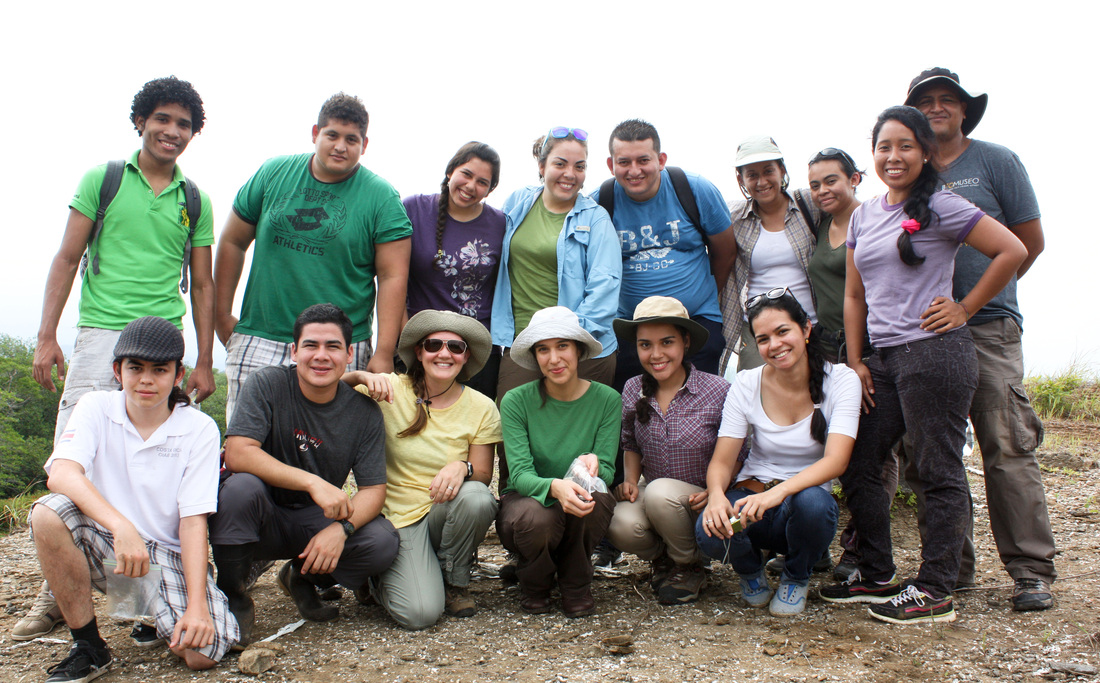
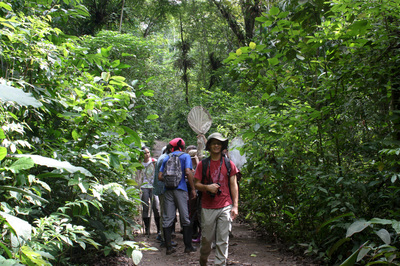
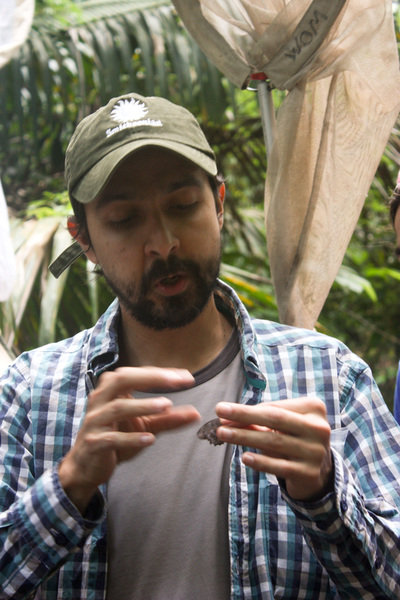
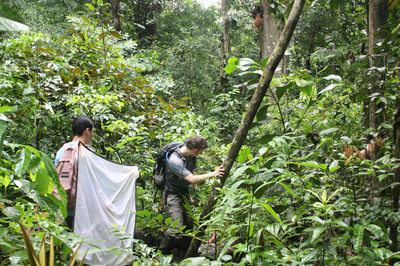
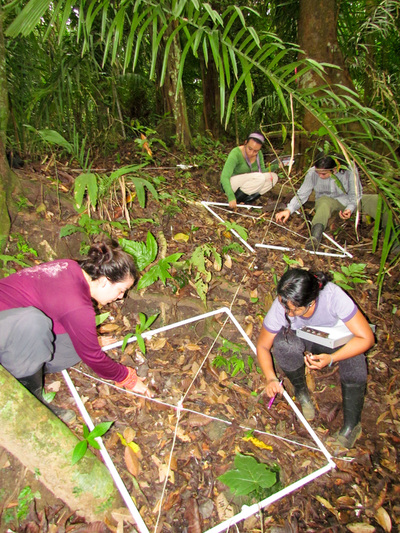
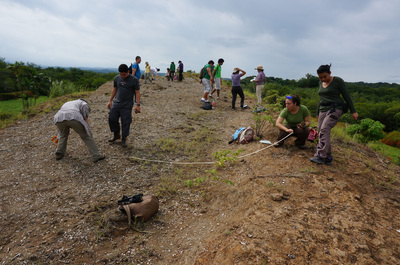



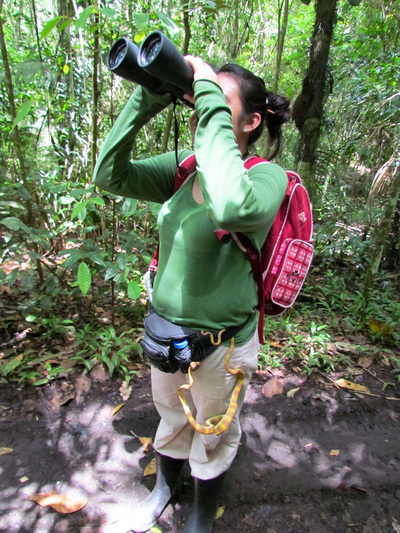
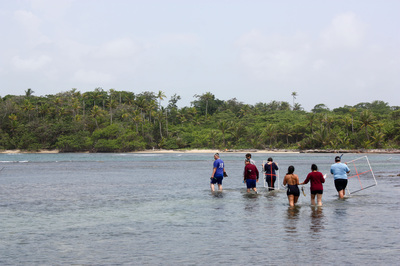
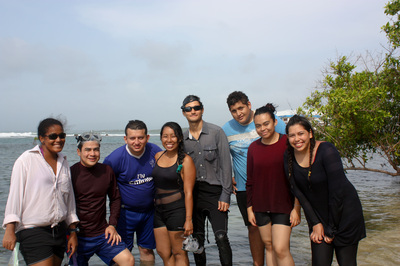
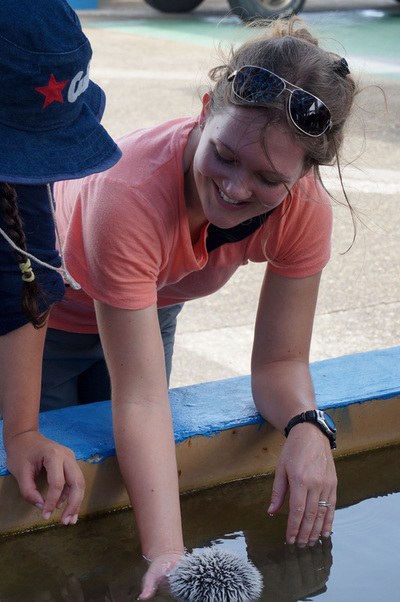
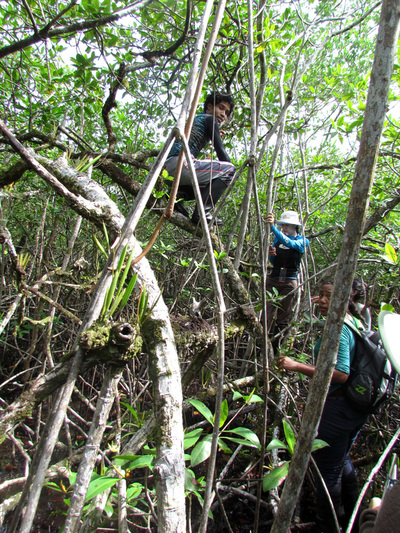
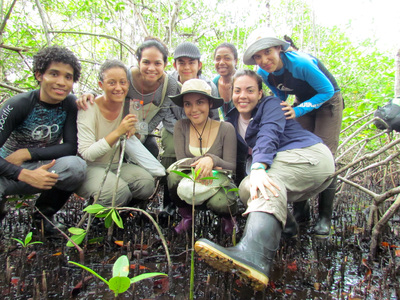
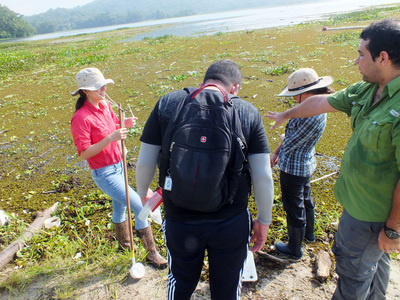
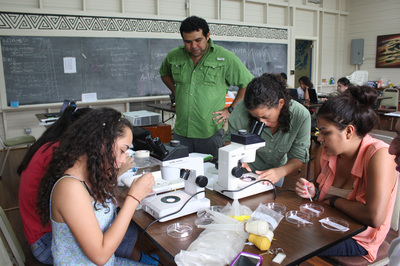
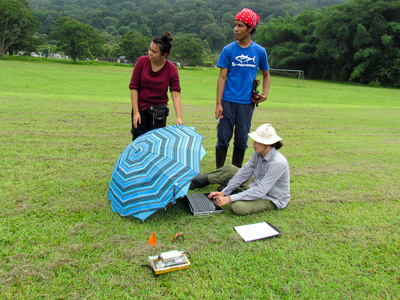
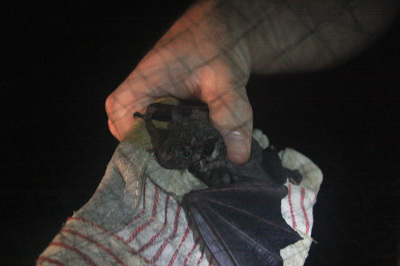
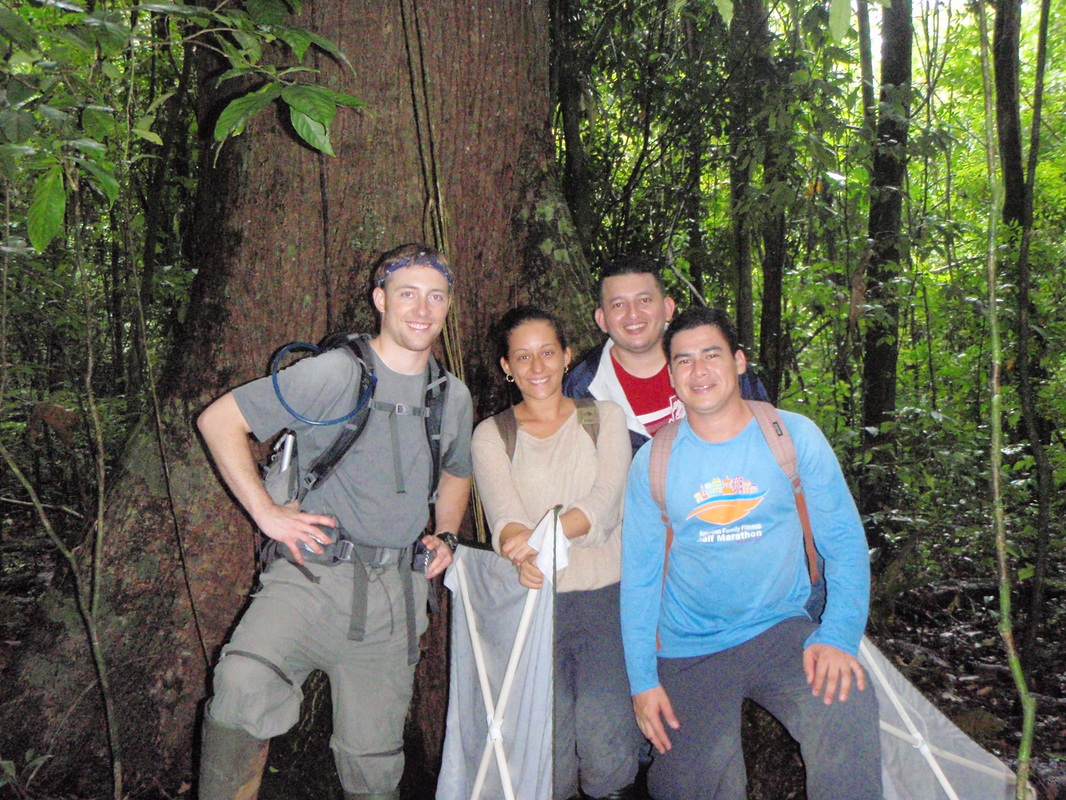
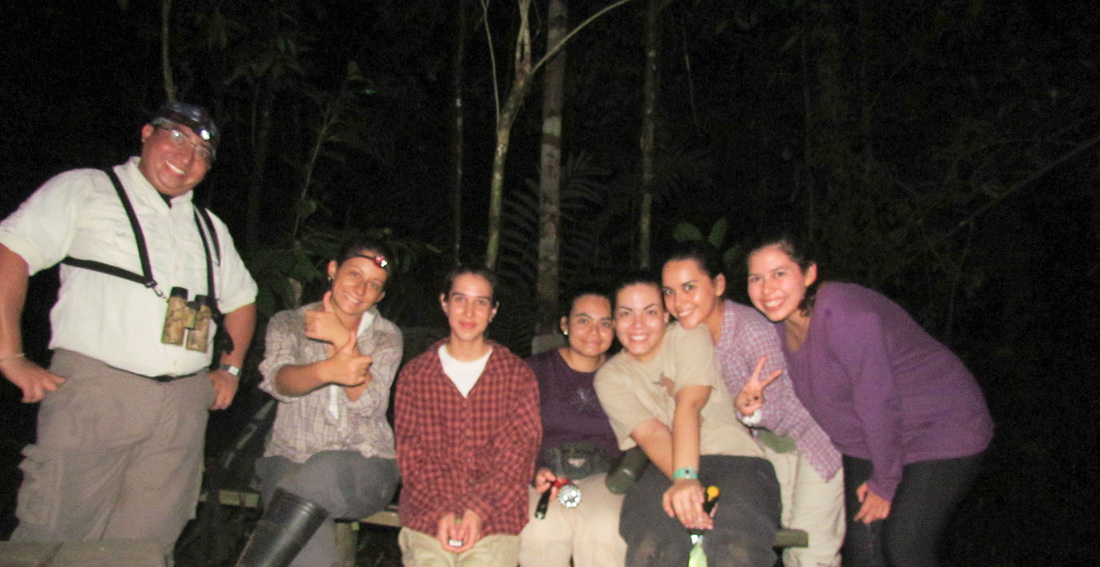
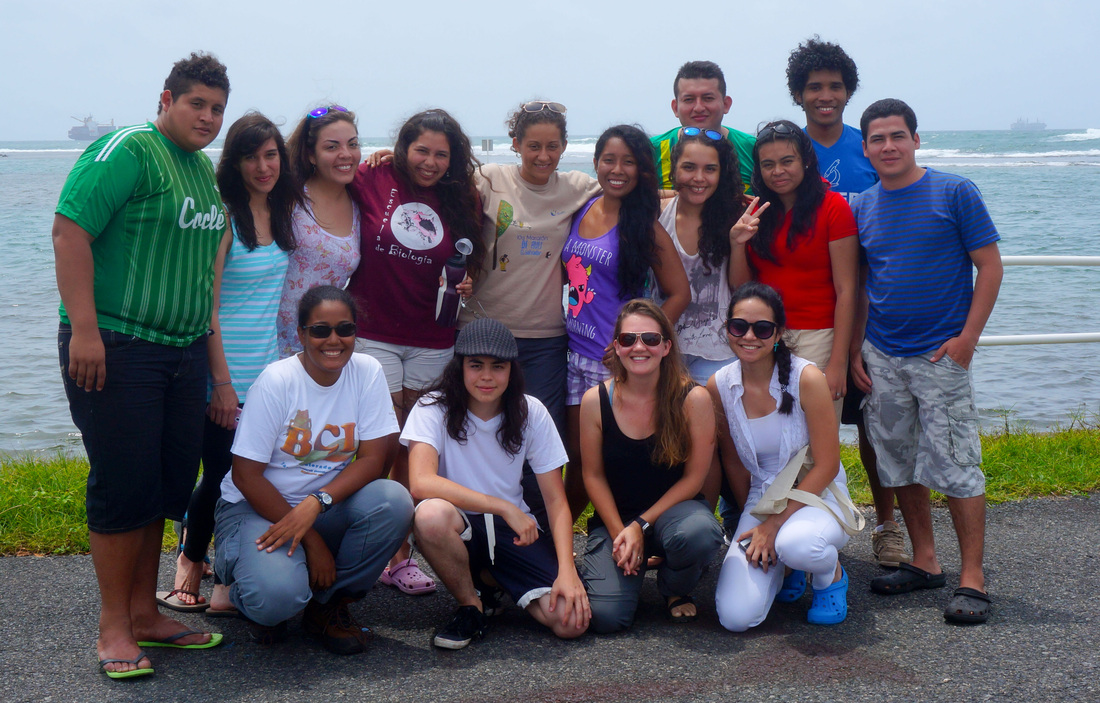
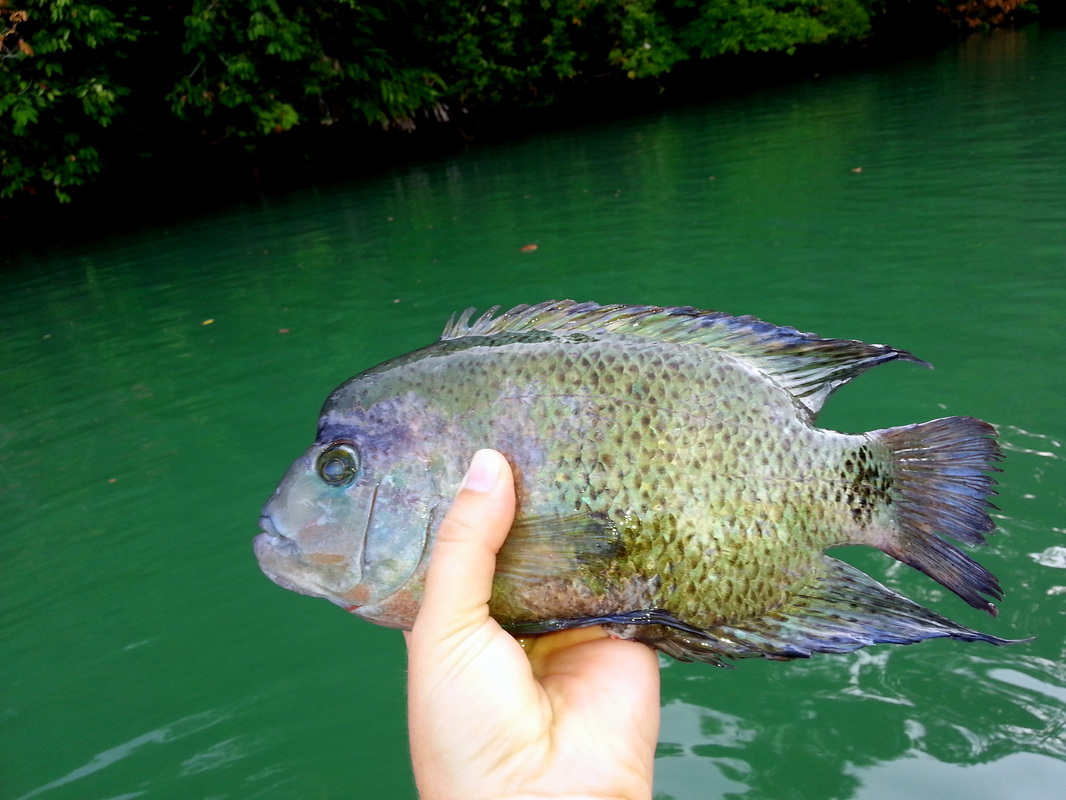
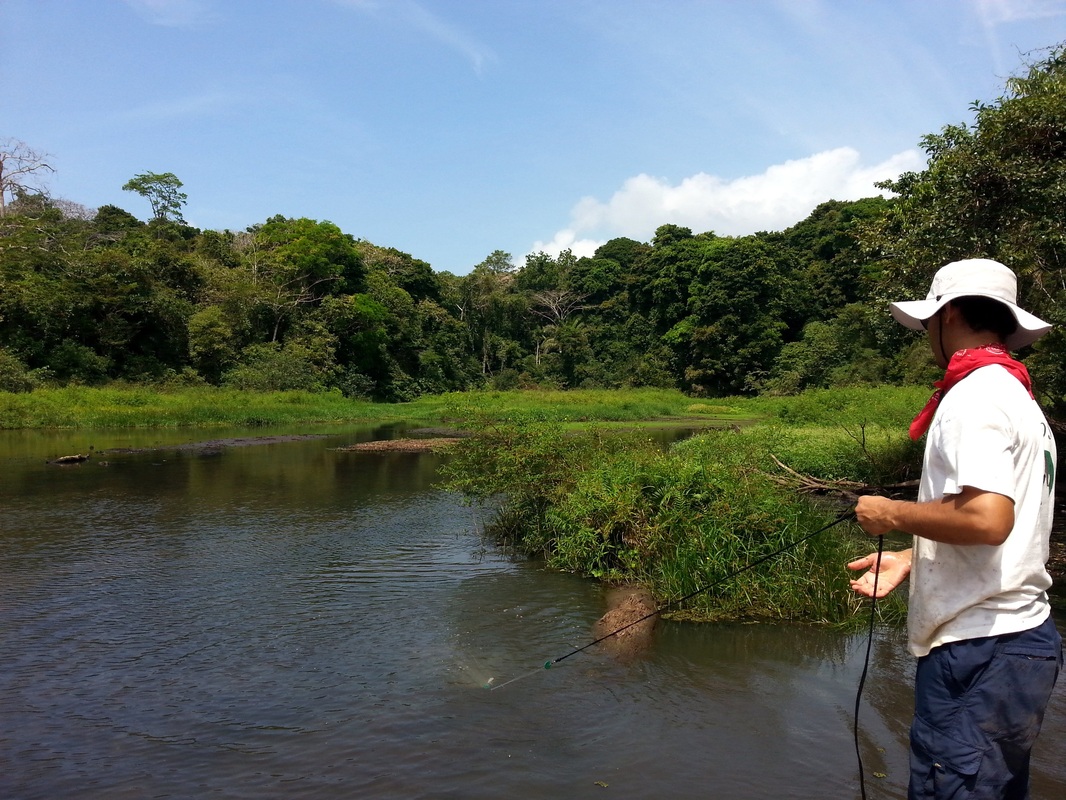
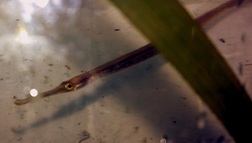
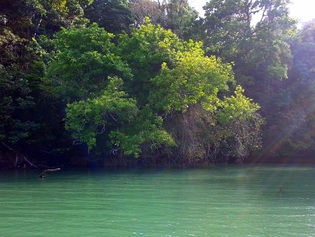
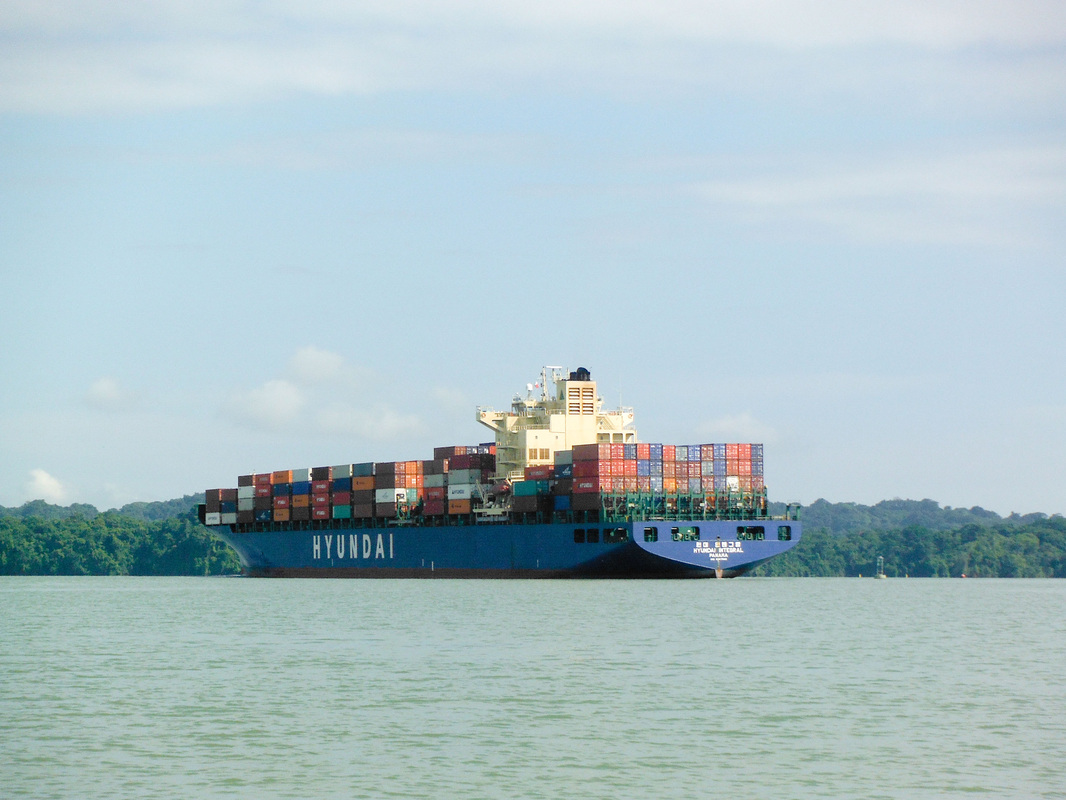
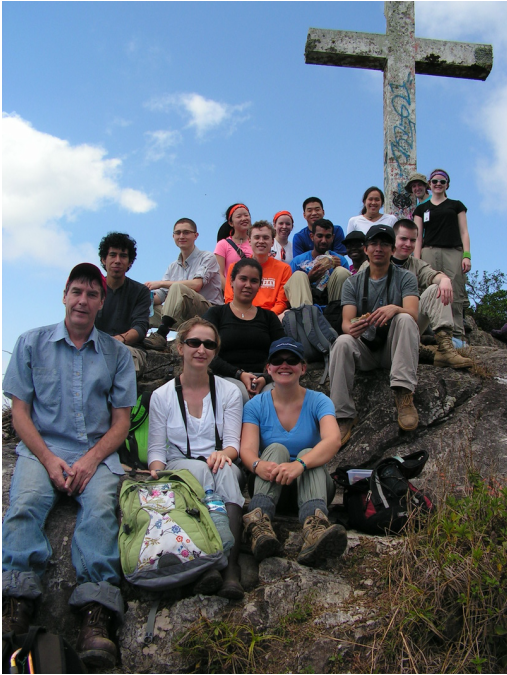
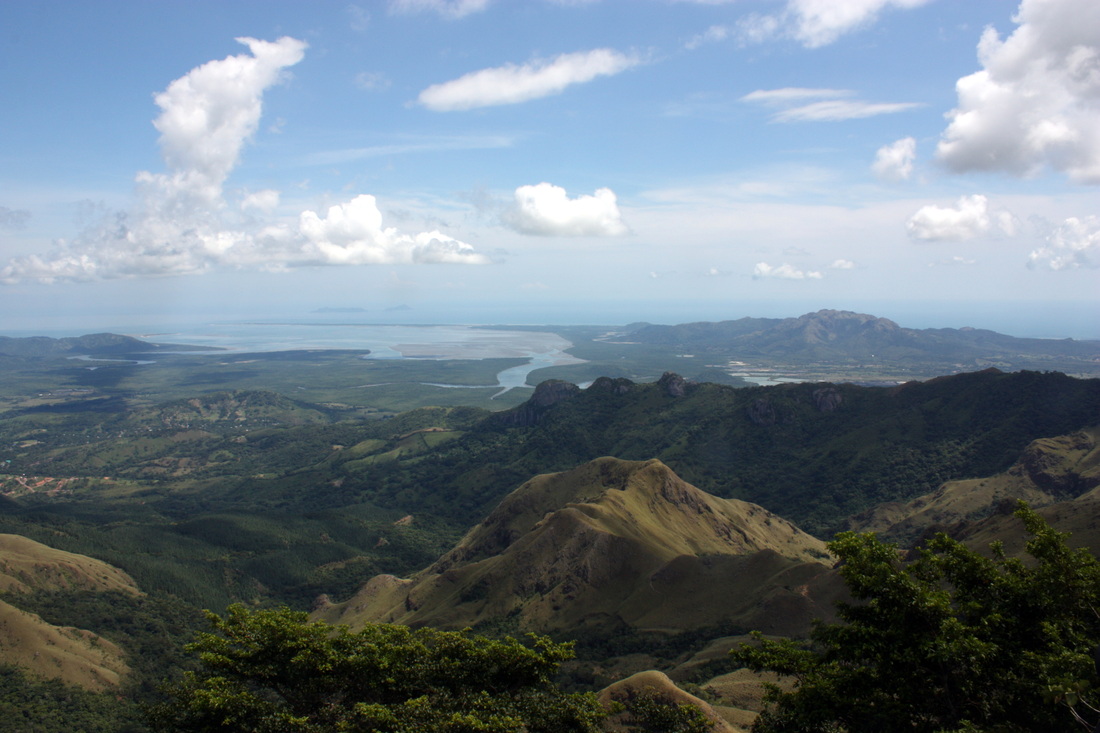


 RSS Feed
RSS Feed
